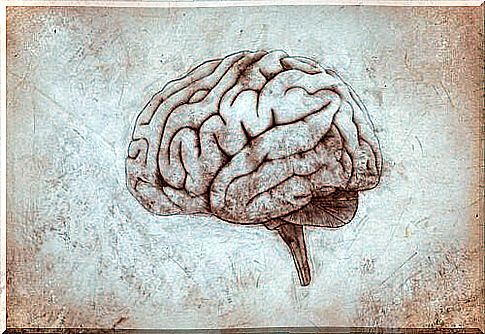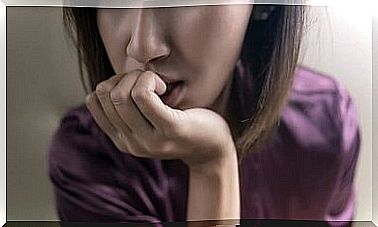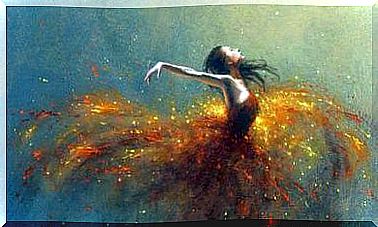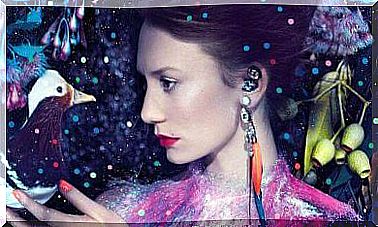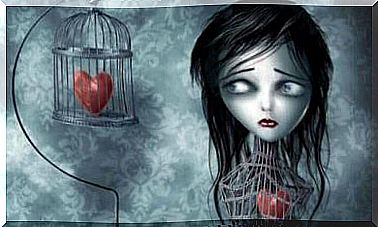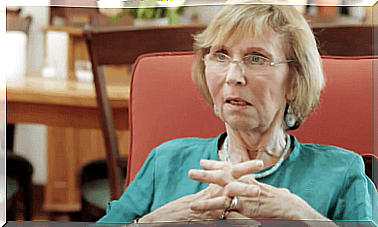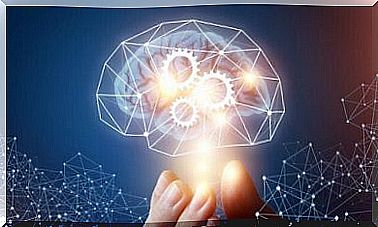Foreign Hand Syndrome
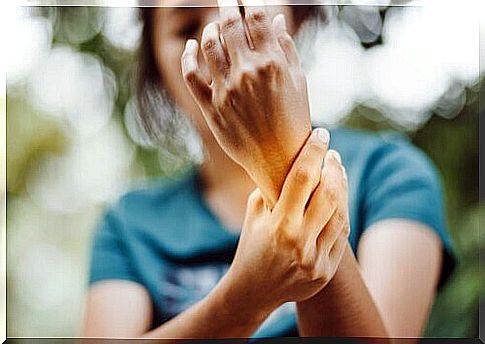
Foreign Hand Syndrome (SMA) is an infrequent neurological disorder but important if we take into account the degree of disability it can produce in the affected person and those around him.
Bodily experience (in its overall sense) is a complex process. It requires the integration of multiple sensory signals. When a problem takes place in this integration, various neurological disorders can take place, such as sensitization of amputated limbs or the duplication of certain parts of the body.
History of foreign hand syndrome
In 1908 Goldstein described the case of a patient who suffered from a heart attack in the right hemisphere. After this cardiovascular event, this woman felt weakness in her left leg and a strange motor disorder in her left arm. She had the feeling that her left hand did not belong to her.
After this, Akelaitis (1944) described the case of two patients who had their corpus callosum severed to control their epilepsy. One of them then reported that his left hand was making involuntary movements opposite to those his right hand wanted to make. The author gave the name of dyspraxia to this phenomenon.

Brion and Jedynak (1972) later gave it the name of foreign hand syndrome. The authors interpreted the erratic behavior of the patients’ left hand as a pathognomonic sign of callosum lesion. They analyzed the behavior of four patients who exhibited a wide variety of signs of interhemispheric disconnection. Their deficits included:
- Difficulty naming objects outside the field of vision with the left hand
- Difficulty performing movements with the left hand after verbal commands
- Constructive apraxia
- Agraphia with the left hand
- Attentional hemnegligence
- Difficulty transferring somatosensory information from one hand to another
After this research, it was possible to demonstrate that the appearance of the symptomatology of SMA could accompany various nosological syndromes.
Definition of syndrome
With foreign hand syndrome, the patient feels that his hand acts autonomously. It therefore develops involuntary movements that appear to be intentional. These movements frequently conflict or compete with the opposite limb.
People affected by this syndrome tend to have the feeling that their hand is dissociated from their physical being. In a way, it’s like it’s not theirs. What is more, in many cases, they fear its movements and try to be constantly attentive to prevent it.
Occasionally, people affected by this syndrome can control themselves intermittently and voluntarily. Author Biran et al (2006) asserted that there are three elements in ADS:
- The limb is uninhibited and tends to be directed by rational environmental stimuli, which leads to use behaviors.
- The sequencing of the motor fragments in the uncontrolled limb endows its movement with a false appearance of control.
- There is a clear awareness of the behavior of the foreign member.
Thus, in situations of stress, fatigue or anxiety, the movements of the ADM may intensify.
Currently, the foreign hand syndrome is considered to be based on two basic assumptions:
- Symptoms flare up from nearby objects
- Behavior intensifies when we are less attentive
What are its causes ?
The causes of foreign hand syndrome are surgical. It is :
- Callosotomies for resistant epilepsies (they are no longer practiced)
- Removal of tumors
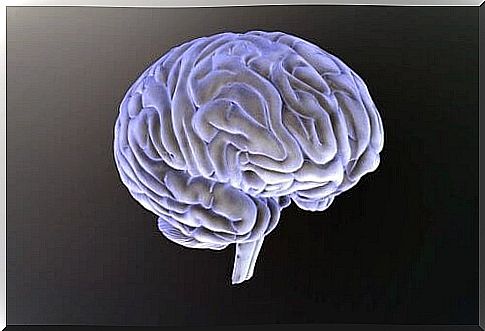
Two subgenres of foreign hand syndrome
Frontal SMA
Frontal foreign hand syndrome results from damage in various areas of the brain:
- Additional driving area
- Cingulate gyrus
- Prefrontal cortex
- Anterior part of the corpus callosum of the dominant hemisphere
With frontomedial lesions, the alteration occurs in the hand opposite to the damaged hemisphere. In addition, primary reflections emerge.
SMA callosum
- It manifests in the same hand as the dominant hemisphere
- In this subgenus, patients are described who suffer from lesions involving the corpus callosum
- Thus, there may or may not be associations of frontal lesions of the non-dominant hemisphere, especially in the supplementary motor area.
- A clash between the two hands and apraxia occurs
During the last decade of the twentieth century, various authors have opted for a new sub-syndromic form of ADS. In this case, it presents itself as another subgenus of the name of later SMA. This subgenre is less common than the previous ones and is associated with autonomous behaviors as well as the personification of the affected extremity. Moreover, since the syndrome is not sufficiently studied, it is complicated to establish clear subgenres.
Processing
The treatment of this syndrome consists of certain techniques such as:
- The increase in perception and control
- Confronting Stress
- Compensatory strategies
Cinematographic references
In 1964, Stanley Kubrick made a film titled Doctor Struggle or: How I Learned to Stop Worse and Love the Bomb (), based on the novel Red alert by Peter George. The novel chronicles the attempt of a demented general to initiate an atomic war.
In the film, Doctor Strangelove is portrayed as an extravagant character who performs abnormal and strange movements. The Doctor’s right hand appears to have a different life, and its unwelcome and involuntary movements are notorious in the film. What’s more, we see the way he tries to control these movements with his other hand. This work rightly highlights the difficulties encountered by patients affected by ADS.
